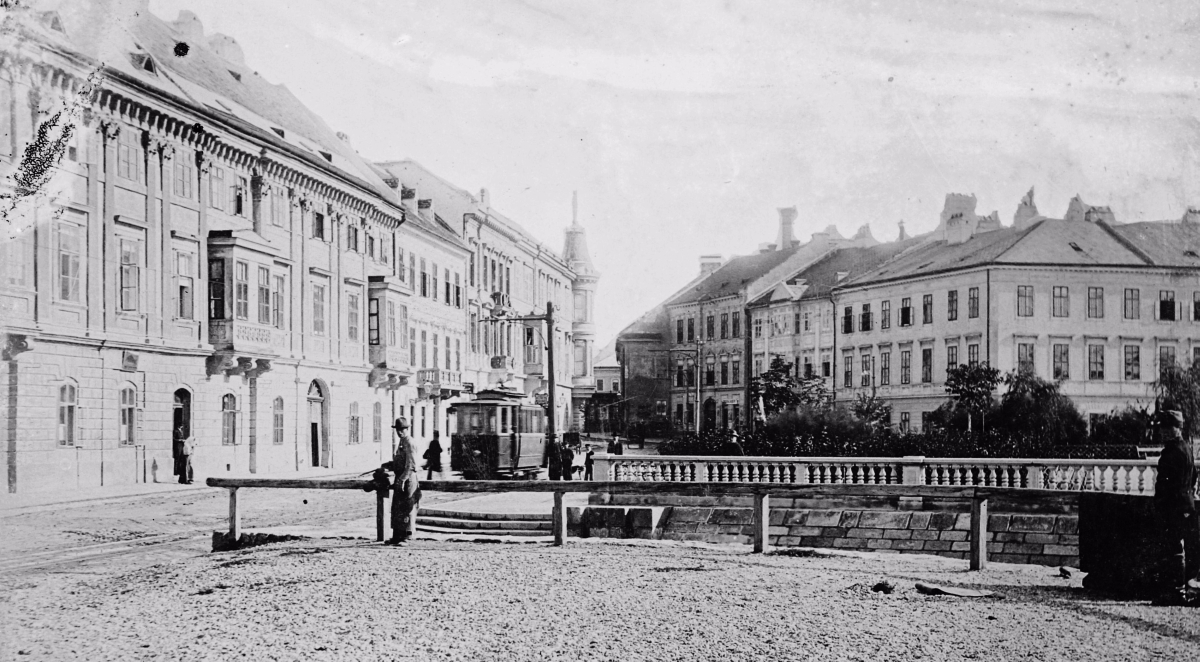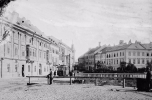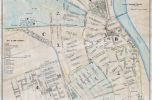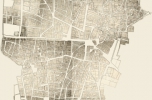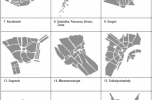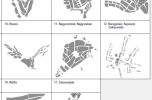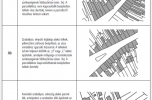Typological Parallels – Parallel Typologies
Structural types of cities in the Austro-Hungarian Monarchy between 1867-1918
Text: Éva Lovra
To create the harmony of our built heritage and contemporary demands and concept, the definition and survey of the values to be preserved within the processes of urban rehabilitation are not only issues of identity-preservation, but also a task of contemporary urban planning to be carried out in its complexity. The problem as well as the attempt to solve it brought about the Italian school of urban morphology, and according to a more recent interpretation the definition of the morphological regions and their characteristics form the foundations of urban heritage protection. Assessment and protection of the urban heritage as such were only integrated in the UNESCO World Heritage Cities programme as late as 2006. The modernization process including structural transformations of the towns and cities of the Hungarian Kingdom (1867–1918) reached its first climax during the Austro-Hungarian Monarchy and the urban fabrics shaped back in those days represents a significant part of our urban heritage even today. The taxonomical definition of towns and cities is targeted to create the typologies and systemize the results and achievements of urban construction activities in a certain area. This era is interesting and complex from a historic viewpoint, and its immediate effect is visible on the structures of towns and cities then as well as on the complexity of their fabric. A research into towns and cities does not only reveal types but also maps new relations within settlements, points out the unifying characteristics of the era and the powers that define the tendencies of development of the period via the types of urban fabrics.
